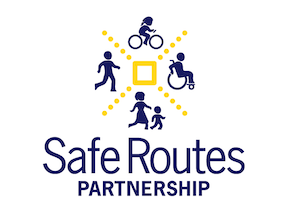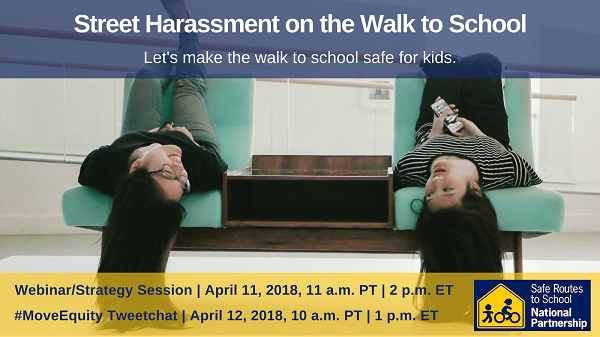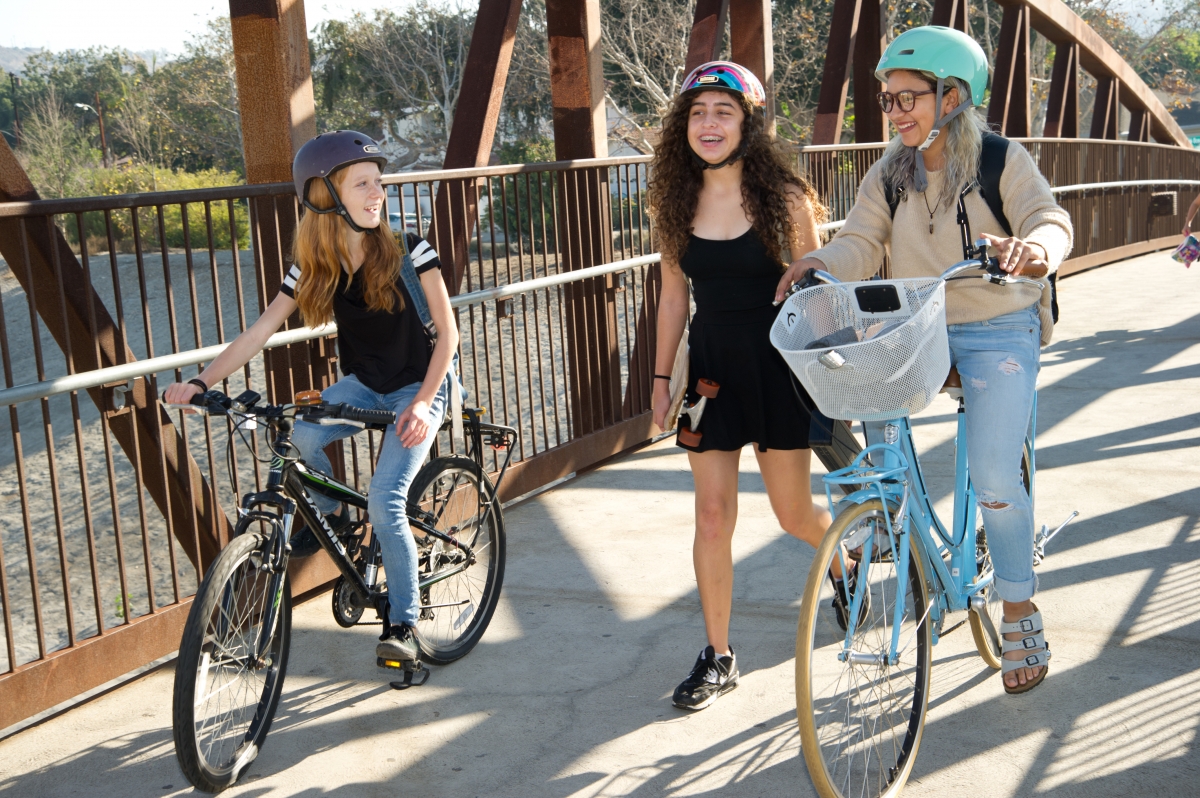The US Department of Transportation has announced that the long-standing TIGER program, in which USDOT awards up to $25 million apiece to multimodal transportation projects across the country, has been renamed the BUILD program. The renaming of TIGER signals USDOT’s intention to put the Trump administration’s stamp on it.
Resource Library
When physical education programs include Safe Routes to School, both programs achieve their goals.
Riding a bicycle is a healthy, fun, and fast way to get around town and to school. Prepare for a fun trip by following these easy tips!
Since Safe Routes to School’s inception in Montgomery County, Maryland, the movement has expanded dramatically. Over the years, SRTS has been thrust into the limelight with successful work ranging from bike/ped safety projects to get students involved in the Walk Your Way Program to the YOLO high school education campaign.
Key takeaway:
- Bicycling is an essential, yet inadequate mode of transportation for migrant farmworkers in rural Ontario. Migrant farmworkers are offered bike safety education, but it unfairly regulates their bicycling conduct rather than unsafe bicycling road conditions.
Key takeaway:
- This study examines how traffic exposure impacts children’s development of cognitive spatial knowledge. Children who actively commute and experience less traffic exposure have better health outcomes, perceptions of their neighborhood, and spatial knowledge.
Key takeaway:
- The City of Saint Paul conducted annual bicycle and pedestrian counts mid-week in September since 2013. Between 2015 and 2016 there was a 14% increase in both bicycle and pedestrian traffic. Between 2013 and 2016 there was a 2% increase in bicycle traffic and a 10% increase in pedestrian traffic.
Key takeaway:
- This review examines evidence that transport affects children’s wellbeing in five domains: physical, psychological, cognitive, social, and economic. Most benefits are associated with active and independent travel.
Key takeaway:
- Arlington County residents identified the following barriers for walking and bicycling: general disregard for traffic laws; lack of access to availability of a comfortable route; the conditions and types of infrastructure; and required professional appearances and attire at workplaces.
Equity is a core principal of Safe Routes to School. How do we best ensure all types of walkers, riders, and rollers are provided access through Safe Routes to School?
Has your community found success in bicycle education this year?
Learn about how parents and families can get involved in Safe Routes to School, though data collection, school and neighborhood improvements, policy change, and programs to enable and encourage more walking and bicycling.
Six months into fiscal year 2018, Congress has finally set spending levels for federal agencies and programs. The $1.3 trillion omnibus appropriations bill includes great news for many programs for which the Trump administration proposed elimination or significant cuts.
Key takeaway:
- There is “activity inequality” worldwide and high activity inequality is a strong predictor for a nation’s obesity levels.
Volunteers are often crucial to the success and sustainability of a Safe Routes to School program. These people give their time and skills to support students and schools.
As more and more people are bicycling in the United States, a bike train can be a strong part of a larger Safe Routes to School program, initiatives that thousands of communities across the nation are establishing.
This handout covers frequently asked questions for starting a bike train program. This resource is great for school staff and principals!
This post was authored by Tiffany Lam



